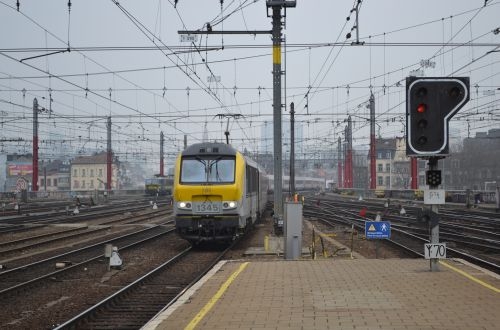The conclusions on transport infrastructure and the TEN-T will contribute to next year's mid-term review of the Europe 2020 growth strategy. "Investments in transport infrastructure and efficient networks are key to fostering growth and competitiveness, thus creating more and better jobs," says Italy's minister of infrastructure and transport Mr Maurizio Lupi.
This is backed up by a recent IMF study of public investment which found that an increase of 1% of GDP in investment increases output by about 0.4% in the same year and by 1.5% four years later. The boost to GDP that a country gets from increasing public infrastructure investment offsets the increase in debt, so that the public-debt:GDP ratio does not rise.
Discussions will continue on how to find sustainable and cost-effective ways to fund and finance infrastructure projects.
Lupi gave a progress report on the Fourth Railway Package: "After three semesters devoted only to the technical pillar, the Italian presidency has thoroughly addressed the political pillar. After a first policy debate last October in Luxemburg, we carried out extensive negotiations which allowed us to identify proposals to be made on all the main issues for the way forward. The Latvian presidency will therefore be in a position to finalise negotiations in the Council, paving the way for the final exchange with the European Parliament and, hopefully, the adoption of the whole package, as desired by the Parliament and by EU citizens and businesses."
Domestic rail passenger services within the EU will open up to competition in December 2019, although several countries already allow it, such as Austria, Britain, Czech Republic, Italy, Germany and Sweden. From 2019, all EU train operators will have equal access in all EU countries to tracks, train control, and stations. It will also be mandatory to tender all public service passenger contracts, which currently account for more than 90% of EU rail journeys.
The European Commission is also suggesting strengthening EU rules on the separation between infrastructure managers and train operators. National railway monopolies comprising both functions would be split in two. Alternatively, where member states wished to maintain existing holding structures, strict safeguards would be introduced to ensure the infrastructure manager's independence.

